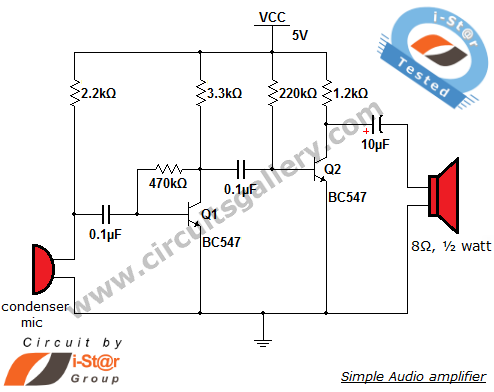
Variable resistive phase-shift trigger circuit ab
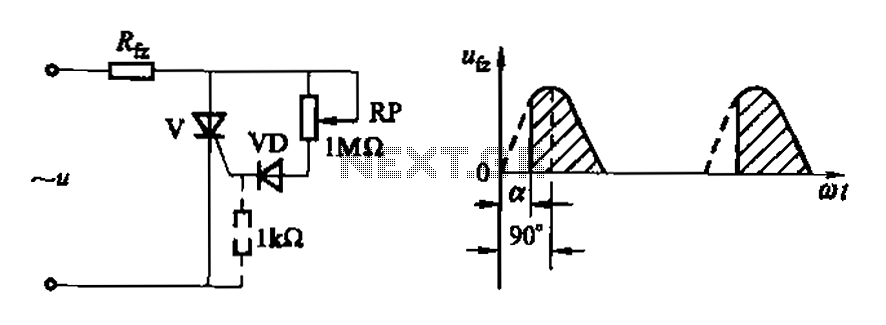
Figure 16-3 (a) illustrates a one-way thyristor, while Figure 16-3 (c) depicts a triac. The circuit characteristics indicate a simple phase shift range of 90 degrees for the thyristor and 180 degrees for the triac. These components are influenced by temperature, which affects the precision of the phase shifting, making them suitable for low-power and less demanding applications.
The one-way thyristor, often utilized in controlled rectification applications, operates by allowing current to flow in one direction when a gate signal is applied. Its ability to control the phase of the AC signal is limited to a 90-degree phase shift, making it suitable for applications where only partial control of the AC waveform is required. This characteristic is particularly advantageous in low-power circuits where efficiency and simplicity are paramount.
In contrast, the triac provides bidirectional control of current, allowing it to conduct in both directions when triggered. The 180-degree phase shift capability of the triac makes it an ideal choice for applications requiring full control over the AC waveform, such as in dimmers, motor speed controls, and heating elements. The triac's performance can be significantly impacted by temperature variations, necessitating careful consideration in circuit design to ensure precision in phase shifting.
Both components demonstrate a relationship between temperature and performance, which is crucial for maintaining the desired operational characteristics in varying environmental conditions. This sensitivity to temperature is particularly relevant in applications where the circuit may experience fluctuations in ambient temperature, affecting the precision of the phase control. Overall, these devices are integral to various electronic applications, providing essential functionality in power control and signal modulation.Figure 16-3 (a) one-way thyristor; Fig. 16-3 (c) for the triac. Circuit characteristics: O simple phase shift range 90. [Figure 16-3 (a)], phase shift range 180. [Figure 16-3 ( c)]; affected by temperature (the phase shifting means precision) for low-power, less demanding situations.
The one-way thyristor, often utilized in controlled rectification applications, operates by allowing current to flow in one direction when a gate signal is applied. Its ability to control the phase of the AC signal is limited to a 90-degree phase shift, making it suitable for applications where only partial control of the AC waveform is required. This characteristic is particularly advantageous in low-power circuits where efficiency and simplicity are paramount.
In contrast, the triac provides bidirectional control of current, allowing it to conduct in both directions when triggered. The 180-degree phase shift capability of the triac makes it an ideal choice for applications requiring full control over the AC waveform, such as in dimmers, motor speed controls, and heating elements. The triac's performance can be significantly impacted by temperature variations, necessitating careful consideration in circuit design to ensure precision in phase shifting.
Both components demonstrate a relationship between temperature and performance, which is crucial for maintaining the desired operational characteristics in varying environmental conditions. This sensitivity to temperature is particularly relevant in applications where the circuit may experience fluctuations in ambient temperature, affecting the precision of the phase control. Overall, these devices are integral to various electronic applications, providing essential functionality in power control and signal modulation.Figure 16-3 (a) one-way thyristor; Fig. 16-3 (c) for the triac. Circuit characteristics: O simple phase shift range 90. [Figure 16-3 (a)], phase shift range 180. [Figure 16-3 ( c)]; affected by temperature (the phase shifting means precision) for low-power, less demanding situations.
Warning: include(partials/cookie-banner.php): Failed to open stream: Permission denied in /var/www/html/nextgr/view-circuit.php on line 713
Warning: include(): Failed opening 'partials/cookie-banner.php' for inclusion (include_path='.:/usr/share/php') in /var/www/html/nextgr/view-circuit.php on line 713
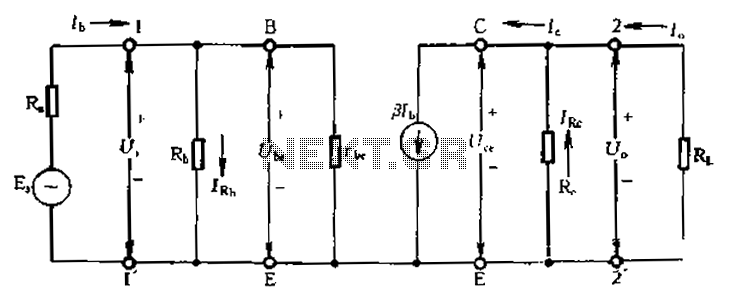
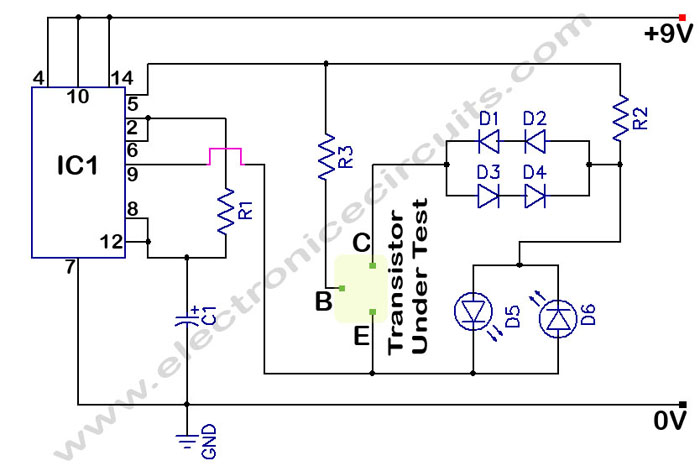
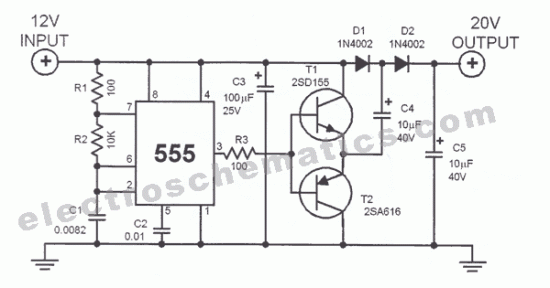
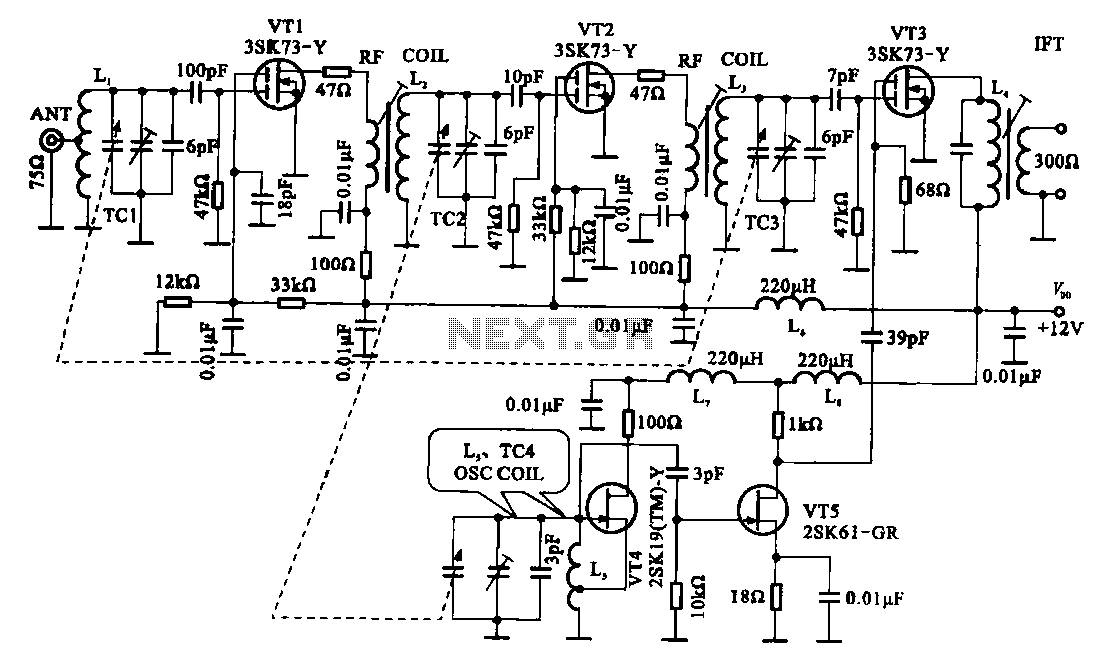
%2Bwith%2Banimation%2Bsimulation%2Bcircuit.png)
